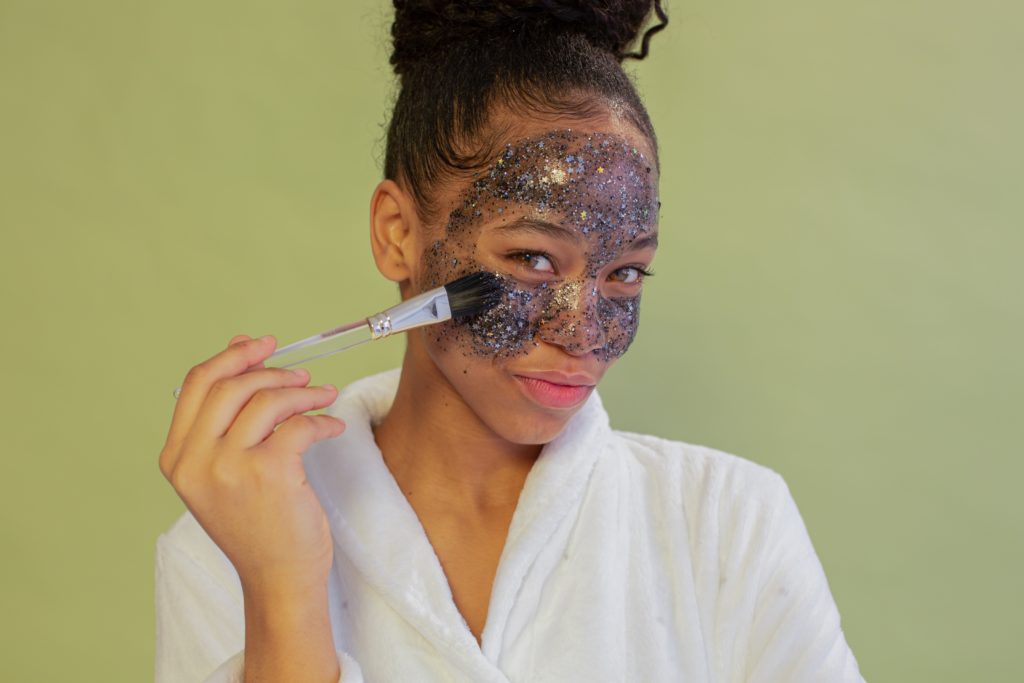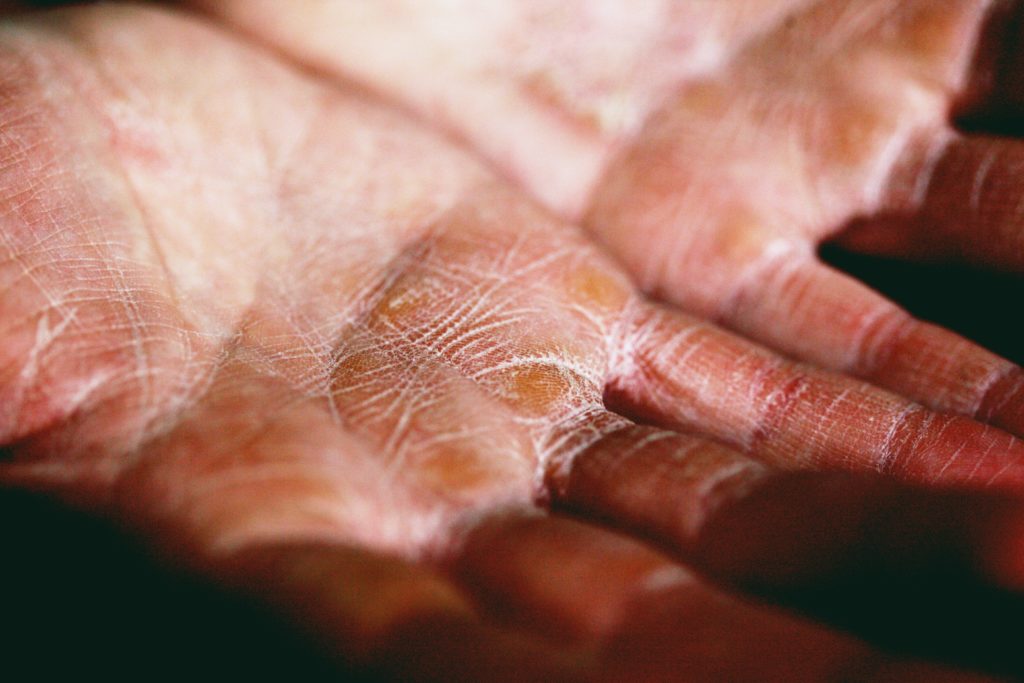Ginseng, a centuries-old herbal remedy, has been celebrated for its numerous health benefits. It’s particularly revered in Korean beauty routines for its powerful anti-aging and skin-revitalizing properties.
Today, it has become a key ingredient in many skincare products due to its ability to rejuvenate the skin and improve overall complexion. If you’re looking to boost your skincare routine naturally, incorporating ginseng could be the game-changer you need.
This article will guide you on how to effectively introduce ginseng into your daily regimen and maximize its benefits.
What Makes Ginseng a Skincare Powerhouse?
Ginseng, especially the Panax variety, is packed with antioxidants, vitamins, and minerals that work wonders for the skin. It is known to improve skin elasticity, reduce fine lines, and promote collagen production. This herb is also famous for enhancing blood circulation, which helps deliver nutrients to the skin cells, leaving your complexion healthy and glowing.
In addition to anti-aging, ginseng is a natural brightening agent. It helps fade hyperpigmentation and dark spots while evening out skin tone. If you’re dealing with dull skin, ginseng can give you a radiant boost, bringing vitality and life back into your complexion.
Benefits of Ginseng for Skin
Before diving into how to use ginseng, it’s essential to understand its key benefits for the skin:
1. Anti-Aging Properties
One of the standout benefits of ginseng is its ability to fight visible signs of aging. The antioxidants found in ginseng help neutralize free radicals that contribute to premature skin aging. This reduces the appearance of wrinkles and fine lines, helping maintain a youthful look.
2. Skin Brightening
Ginseng contains compounds called ginsenosides, which help lighten dark spots and hyperpigmentation. It can even out your skin tone, making it brighter and more radiant over time.
3. Improves Elasticity
As we age, our skin tends to lose its firmness. Ginseng enhances collagen production, which improves skin elasticity, leaving it firm and plump. This helps reduce sagging, giving you a more youthful appearance.
4. Soothes Inflammation
If you struggle with irritated or sensitive skin, ginseng is an excellent ingredient to incorporate. Its anti-inflammatory properties can calm redness, reduce puffiness, and soothe irritation.
5. Boosts Circulation
Ginseng boosts blood circulation, ensuring your skin receives essential nutrients and oxygen. Improved circulation can give you a healthy, natural glow and help your skin heal faster from damage or breakouts.
How to Incorporate Ginseng Into Your Skincare Routine
Now that you understand the benefits, let’s explore how to incorporate ginseng into your skincare regimen.
1. Ginseng Serums
Serums are one of the most potent ways to deliver active ingredients directly to your skin. A ginseng-infused serum can provide concentrated benefits, especially if you’re targeting wrinkles, fine lines, or dullness. Look for serums with a high percentage of ginseng extract and apply it after cleansing and toning but before moisturizing.
How to use: After cleansing and applying toner, gently massage a few drops of ginseng serum into your skin. Focus on areas with fine lines or dullness. Follow with your favorite moisturizer.
2. Ginseng Sheet Masks
Ginseng sheet masks are a great way to treat your skin to a nourishing boost. Sheet masks infused with ginseng deliver hydration and nutrients directly into the skin, making them ideal for a weekly self-care session.
How to use: After cleansing, apply the ginseng sheet mask and leave it on for 15-20 minutes. Once removed, gently pat the remaining essence into your skin. No need to rinse it off.
3. Ginseng Creams
Using a ginseng-based cream into your routine can help lock in moisture while delivering anti-aging benefits. These creams can be used both day and night to keep your skin firm and hydrated throughout the day.
How to use: After applying serum, finish your routine by massaging a ginseng cream into your skin. Use circular motions to help stimulate circulation and promote absorption.
4. Ginseng Eye Creams
The delicate skin around your eyes is prone to showing early signs of aging, such as crow’s feet or puffiness. A ginseng-infused eye cream can help reduce the appearance of fine lines and brighten dark circles.
How to use: Gently pat a small amount of ginseng eye cream around the orbital bone, being careful not to tug on the skin. Use it morning and night for the best results.
5. DIY Ginseng Face Masks
If you prefer a more natural approach, you can create your own DIY ginseng face masks at home. You can use powdered ginseng root and mix it with ingredients like honey or yogurt to create a nourishing mask.
DIY Ginseng Mask Recipe:
- 1 teaspoon of powdered ginseng
- 1 tablespoon of honey
- 1 tablespoon of plain yogurt
Mix the ingredients into a smooth paste and apply it to your face. Leave it on for 15 minutes before rinsing with lukewarm water. This mask will hydrate and brighten your complexion, leaving your skin soft and glowing.
6. Ginseng Toners
Toners help balance your skin’s pH and prepare it to absorb the active ingredients in the next steps of your routine. A ginseng-infused toner can not only refresh your skin but also provide an extra layer of antioxidants to fight against aging.
How to use: After cleansing, apply the ginseng toner using a cotton pad or your hands. Gently pat it into the skin to help with absorption.
Tips for Maximizing the Benefits of Ginseng in Skincare
To get the most out of ginseng in your skincare routine, consistency is key. Here are a few tips to help you maximize its benefits:
- Use ginseng products regularly: Whether it’s a serum, mask, or cream, incorporating ginseng into your daily or weekly routine ensures your skin reaps the long-term benefits.
- Pair ginseng with complementary ingredients: Look for products that combine ginseng with other beneficial ingredients like hyaluronic acid for hydration or niacinamide for brightening.
- Perform a patch test: If you’re trying a ginseng product for the first time, do a patch test to ensure your skin doesn’t have an adverse reaction.
Conclusion
Using ginseng into your skincare routine is a powerful way to harness nature’s anti-aging and revitalizing properties. From serums and creams to DIY masks, there are many ways to integrate this potent herb into your regimen. Ginseng not only helps combat aging but also brightens, soothes, and enhances the skin’s overall health. Whether you’re looking to diminish fine lines, improve elasticity, or simply give your skin a natural glow, ginseng is a versatile ingredient that delivers impressive results.
FAQs
1. How often should I use ginseng in my skincare routine?
For best results, use ginseng products daily. Serums, creams, and toners can be applied in both your morning and evening routines. However, masks should be limited to 1-2 times per week.
2. Is ginseng safe for all skin types?
Yes, ginseng is generally safe for all skin types. Its soothing properties make it particularly beneficial for sensitive or irritated skin. However, it’s always recommended to perform a patch test before trying new products.
3. Can ginseng help with acne-prone skin?
Yes, ginseng’s anti-inflammatory properties can help reduce acne-related redness and irritation. It also promotes skin healing, which can be beneficial for acne scars.
4. What’s the difference between red and white ginseng in skincare?
Red ginseng is more commonly used in anti-aging products due to its potent antioxidant levels, while white ginseng tends to be milder and is used for skin brightening. Both types are beneficial, but red ginseng is typically stronger in effect.
5. Can I use ginseng products during pregnancy?
While ginseng is generally considered safe, it’s always best to consult your doctor before introducing new skincare products during pregnancy.
6. How long does it take to see results from ginseng in skincare?
You may notice an improvement in skin brightness and hydration after a few uses. However, more significant results, such as reduced wrinkles and improved elasticity, may take 4-6 weeks of consistent use.



